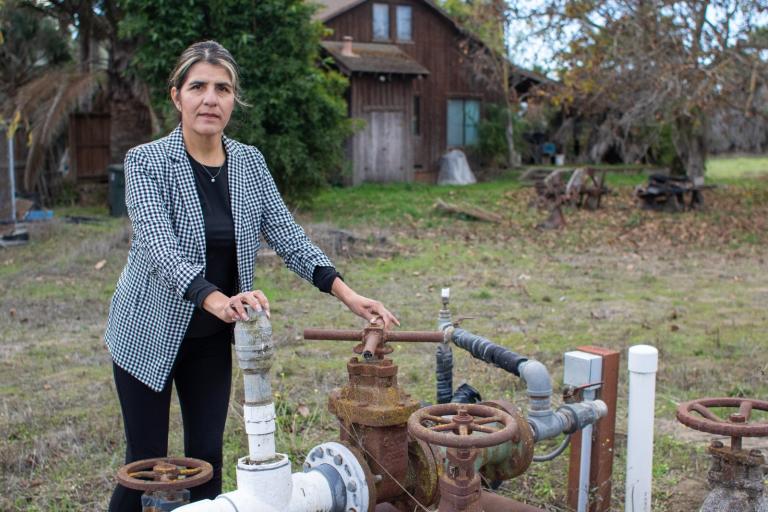On the occasion of World AIDS day, it is worth taking a harder look at how the pandemic affects natural resource management. The numerous negative links were just under discussion in Bangkok at the IUCN World Conservation Congress that ended late last month. The U.S.-based African Biodiversity Collaborative Group prepared some valuable reference materials for the megaconference. ABCG claims the key impacts of the HIV/AIDS pandemic on natural resource management are:
- overuse of natural resources including medicinal plants, timber for coffins, and wildlife for food;
- changes in land use as agricultural practices change with falling capacity for heavy labor;
- changes in access to resources and land especially when widows and orphans cannot inherit land;
- loss of traditional knowledge of sustainable land and resource management practices;
- loss of human capacity for natural resource management in government, non-government organizations, academic institutions; communities, donor organizations, and private sector;
- increased vulnerability of community-based natural resource management programs as communities lose leadership and capacity, and HIV/AIDS issues take priority; and
- diversion of conservation funds for HIV/AIDS related costs.
Recognizing these conservation impacts is a must. But there is some danger a list like this one comes across as insensitive toward the staggering human toll of the disease. As we seek to understand the costs of AIDS in multiple sectors — environment, agriculture, the wider economy — it is imperative that conservationists not lose sight of the catastrophic human toll. Otherwise they risk sounding like they value pandas more than people.

